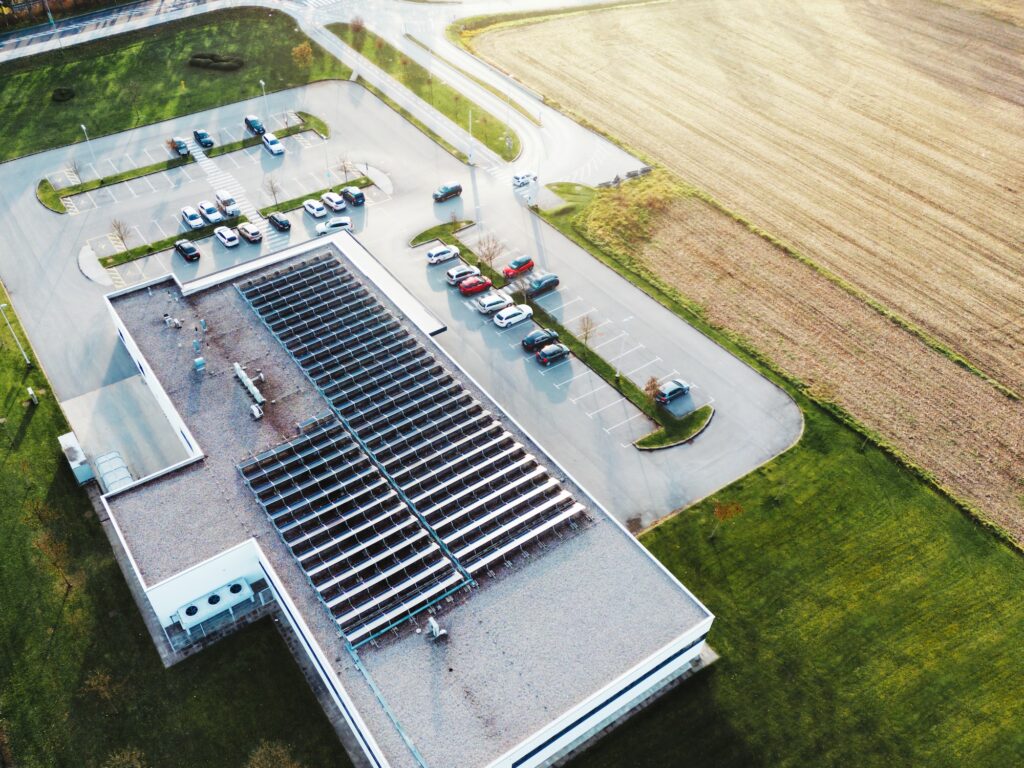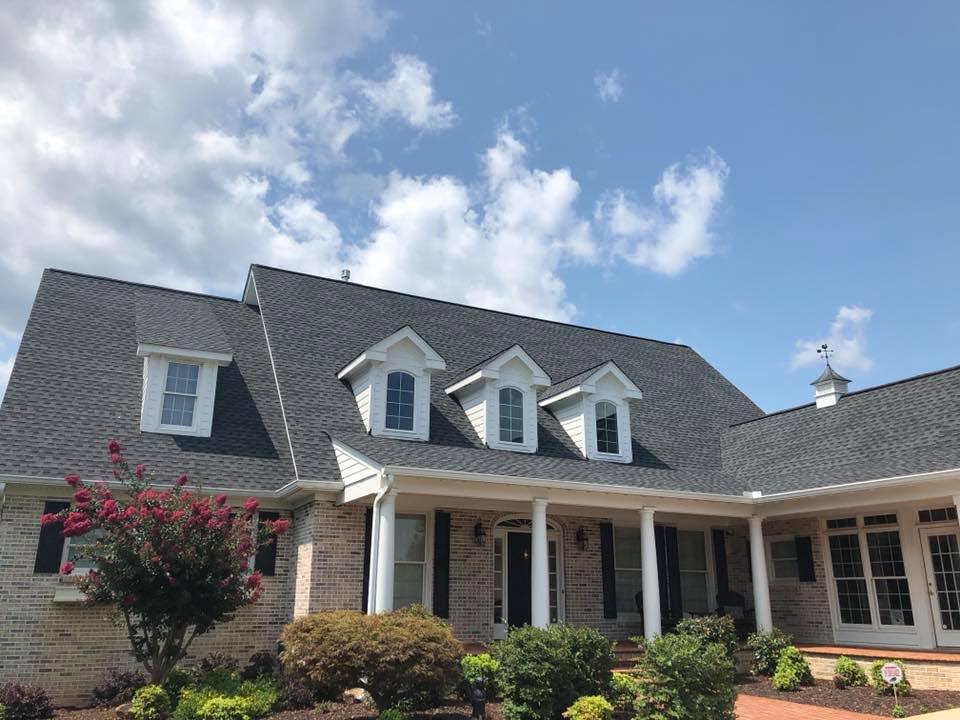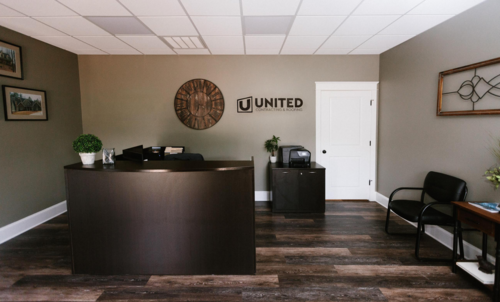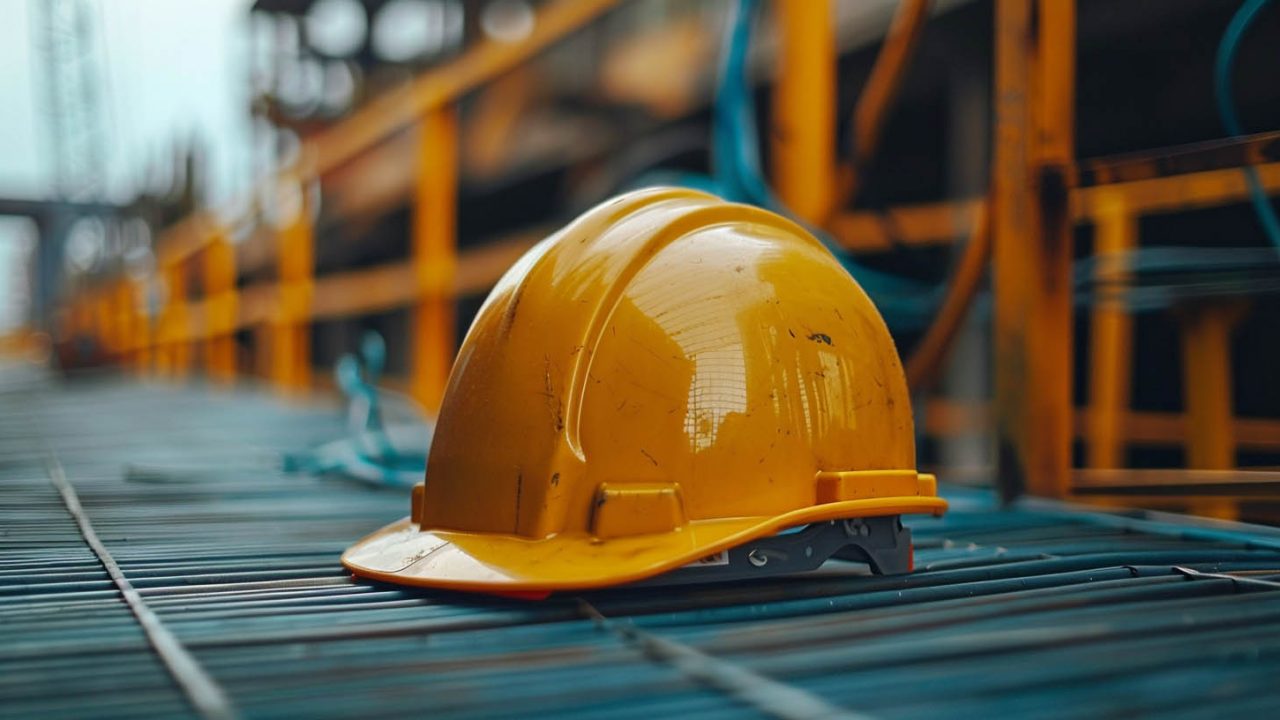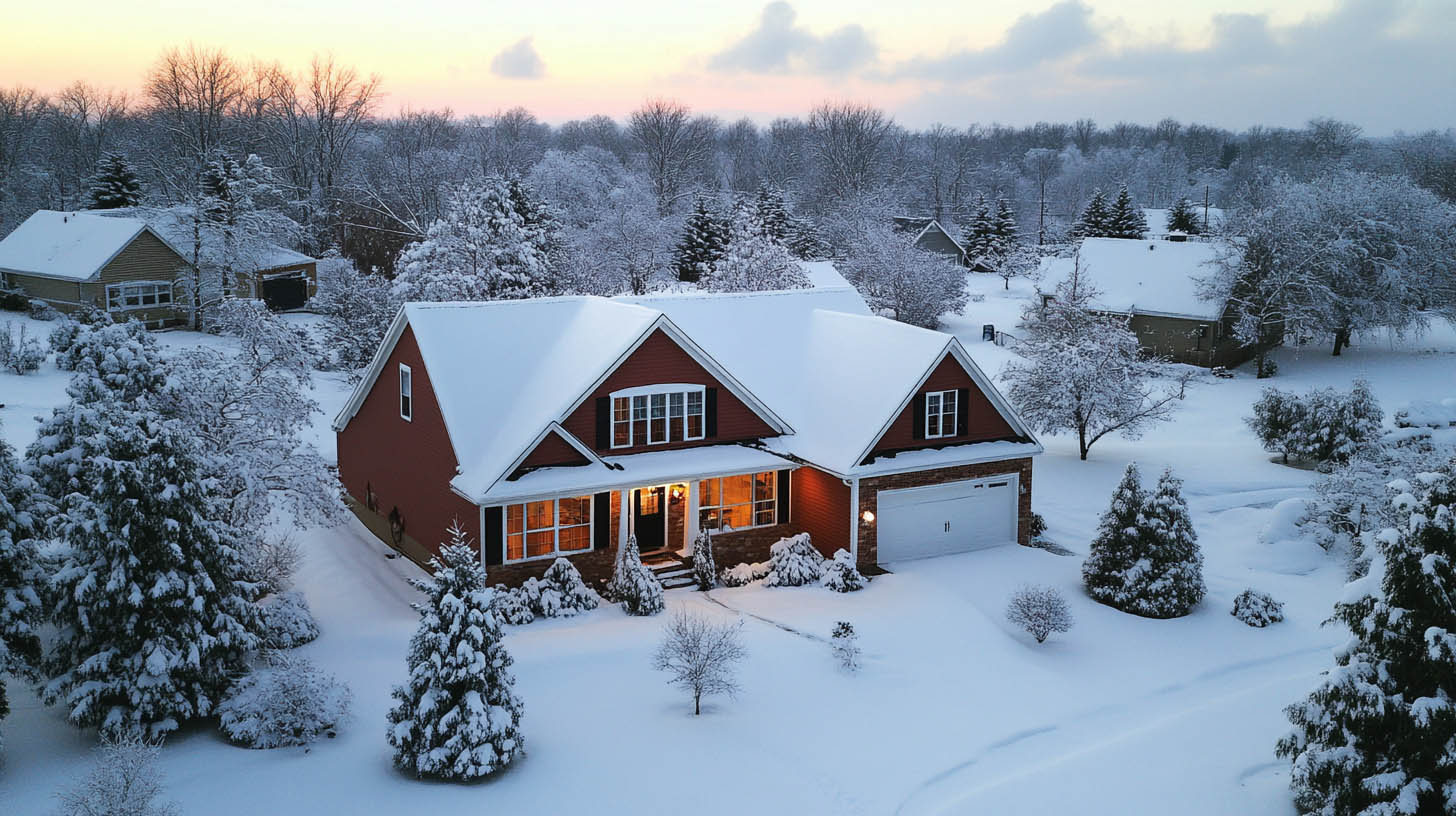Ensuring head protection on construction sites is paramount for the safety of workers. At United Contracting & Roofing LLC, located in Greenville, SC, we prioritize the use of high-quality personal protective equipment (PPE) to safeguard our team. United Contracting & Roofing LLC emphasizes the importance of head protection to prevent serious injuries.
The Critical Need for Head Protection
Preventing Traumatic Injuries
Head injuries on construction sites can lead to severe consequences, including Traumatic Brain Injury (TBI), concussions, and even fatalities. Wearing appropriate head protection such as helmets is crucial to minimize the risks associated with falls or falling objects. It’s essential to prioritize safety measures to protect workers from potential injuries on the job site.
Statistics on Head Injuries
According to the Bureau of Labor Statistics, approximately 65,000 head-related injuries occur on construction sites each year in the United States. This underscores the vital importance of using effective head protection.
Types of Head Protection PPE
Hard Hats
Hard hats are the most common form of head protection in construction. They are designed to resist penetration, absorb impact shocks, be water-resistant, and slow to burn. OSHA mandates the use of hard hats under specific circumstances, as outlined in standards 29 CFR 1910.135 for general industry and 29 CFR 1926.100 for construction.
Hard Hat Classes
- Class A: Protects against impact, penetration, and low-voltage electrical conductors.
- Class B: Protects against impact, penetration, and high-voltage electrical conductors.
- Class C: Protects against impact and penetration only, made of materials that do not provide electrical insulation.
Safety Goggles
Safety goggles are essential for protecting the eyes from debris, dust, and other hazardous materials that could cause injury. They should be used in conjunction with hard hats to ensure comprehensive head and eye protection.
Ear Plugs
Ear plugs protect against hearing damage from high-decibel noises commonly found on construction sites. They are an important part of the overall PPE strategy to maintain worker safety.
Proper Use and Maintenance of Hard Hats
Daily Inspections
Regular inspections of hard hats are crucial. Workers should check for cracks, deformities, or any signs of wear that could compromise the helmet’s effectiveness. Any damaged hard hats should be replaced immediately.
Cleaning and Storage
Hard hats should be cleaned regularly to remove dirt and contaminants. Proper storage away from direct sunlight and harsh conditions helps extend their lifespan and maintain their protective qualities.
Understanding Hard Hat Ratings
The American National Standards Institute (ANSI) classifies hard hats into different categories based on their protection levels:
- Class G (General): Protection against impact and penetration, with voltage protection up to 2,200 volts.
- Class E (Electrical): Equivalent to the old Class B, offering protection up to 20,000 volts.
- Class C (Conductive): No electrical insulation, used where electrical hazards are not a concern.
Importance of Compliance and Training
Adhering to OSHA Standards
Compliance with OSHA standards is non-negotiable for ensuring safety on construction sites. Employers must provide the necessary PPE and ensure that workers are trained in its proper use.
Continuous Safety Training
Regular safety training sessions help reinforce the importance of PPE and keep workers informed about the latest safety protocols. This ongoing education is vital for maintaining a culture of safety within the workplace.
Conclusion
Head protection is a critical component of workplace safety in construction. At United Contracting & Roofing LLC, we are committed to providing our team with the best protective gear to ensure their safety on the job. Ensuring proper head protection through the use of hard hats, safety goggles, and ear plugs is essential to prevent injuries and maintain a safe working environment.If you want to know more about why skilled and detail-oriented roofers are essential for commercial projects, click here.

